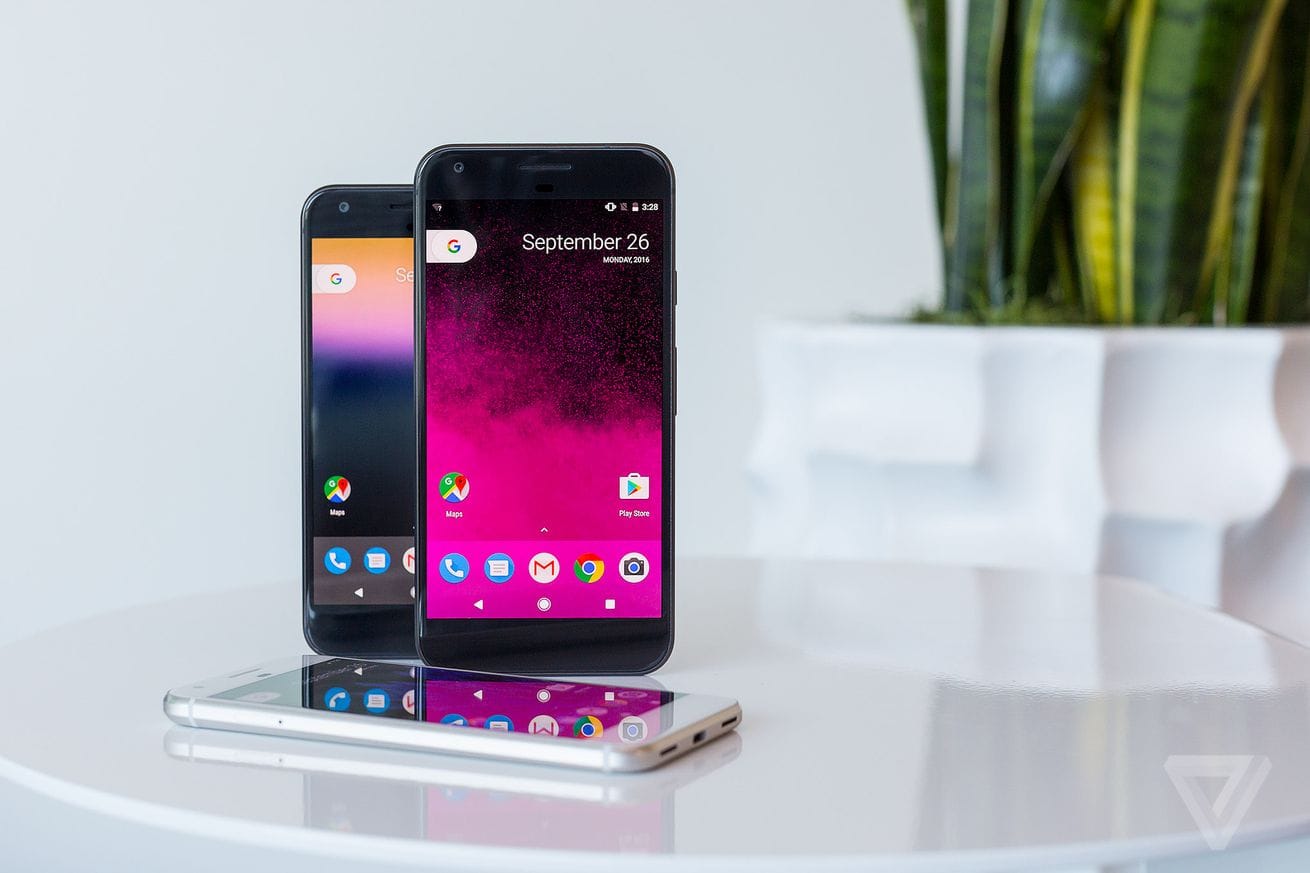Google won’t be launching newer Nexus devices from year 2016 and onwards, but will switch to Pixel series of Android phones, tablets and Chromebooks. The first Pixel Android phones will be named Google Pixel and Pixel XL.
The switch from Nexus to Pixel series, however, won’t change how we used to flash / install factory images on our Google branded devices. The Pixel devices will still boot into bootloader mode, allow bootloader unlocking and let flash you flash images like you previously did on Nexus devices.
We at Androiding, welcome this switch from Nexus phones to Pixel by Google. It makes Google’s range of devices complete with a Pixel laptop (Chromebook), Pixel tablets and Pixel phones.
How to Flash Factory Image on Google Pixel Devices
Note: Make sure you’ve unlocked bootloader on your Pixel device before you proceed. Or else, you won’t be able to flash/install factory images via Fastboot.
Method 1 – Automated and clean Install
You might think of installing Android Nougat via Factory images as a serious task because it involves use of command line tools, but (trust me) it’s easier. Below is a
- Download the factory image specific for your Pixel device to your PC, then unzip it to a separate folder.
- Setup ADB and Fastboot on your PC.
- Enable USB debugging on your Pixel device.
- Connect your Pixel device to the PC with a USB cable.
- Open a command prompt window on your PC, and issue the following to boot your Pixel phone into bootloader mode:
adb reboot bootloader
└ You might get a prompt on your device to “Allow USB Debugging”, select Yes/Ok/Allow.
- Run/execute the flash-all.bat script from the files we extracted in Step 1.
That’s it. You can now sit back and watch the firmware install on your Pixel device. Once done, your device will automatically reboot to system.
Method 2 – Install factory image without wiping data
If you’re unable to install an OTA update and hence want to install it manually via a factory image. You might not want to delete/wipe all data on the device because of that. The flash-all script in the automated install method above includes commands that wipes out all data on your Pixel. You can skip that by flashing only firmware files required to update the system and skip other files that are related to performing a clean install.
Note: Follow the manual guide only when the firmware build you’re installing is a minor update to the current build on your Pixel phone. This is because we’re skipping a lot of files while trying to install a factory image manually without wiping data. If the firmware build you’re installing is a major update or a developer preview release, other files that we’re skipping might also be required.
- Setup ADB and Fastboot on your PC.
- Assuming that you’ve already extracted the factory image to the point where flash-all script is found (as explained in Method 1 above). We’ll now edit the flash-all script to avoid wiping data while flashing the factory image.
- Right-click on the flash-all.bat, and select Edit from the context menu to edit the flash-all script.
- Once the editor window opens, look for the following line:
fastboot -w update image-xxx-xxx.zip
- Now remove the -w parameter from this command to skip the data wipe while flashing the factory image. Your final command would look like this:
fastboot update image-xxx-xxx.zip
- Once you’ve made the change, save the file with “Ctrl + S” on your keyboard and close it.
- Connect your Pixel device to the PC with a USB cable.
- Open a command prompt window on your PC, and issue the following to boot your Pixel phone into bootloader mode:
adb reboot bootloader
└ You might get a prompt on your device to “Allow USB Debugging”, select Yes/Ok/Allow.
- Run/execute the flash-all.bat script.
└ Once the script is done flashing factory image, your device will automatically boot into system.
That’s all. This will install a factory image to your Pixel phone without any error of any sorts. Cheers!
Happy Androiding!













Discussion